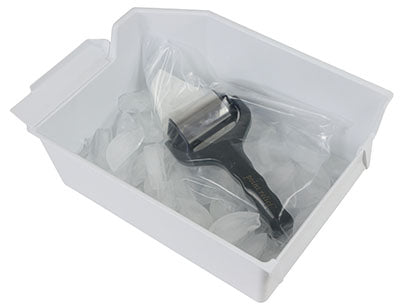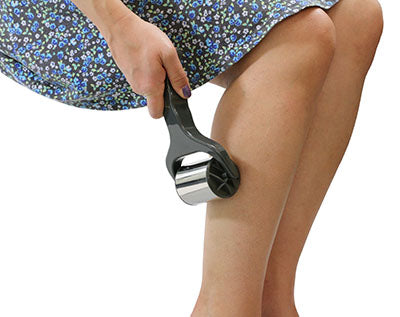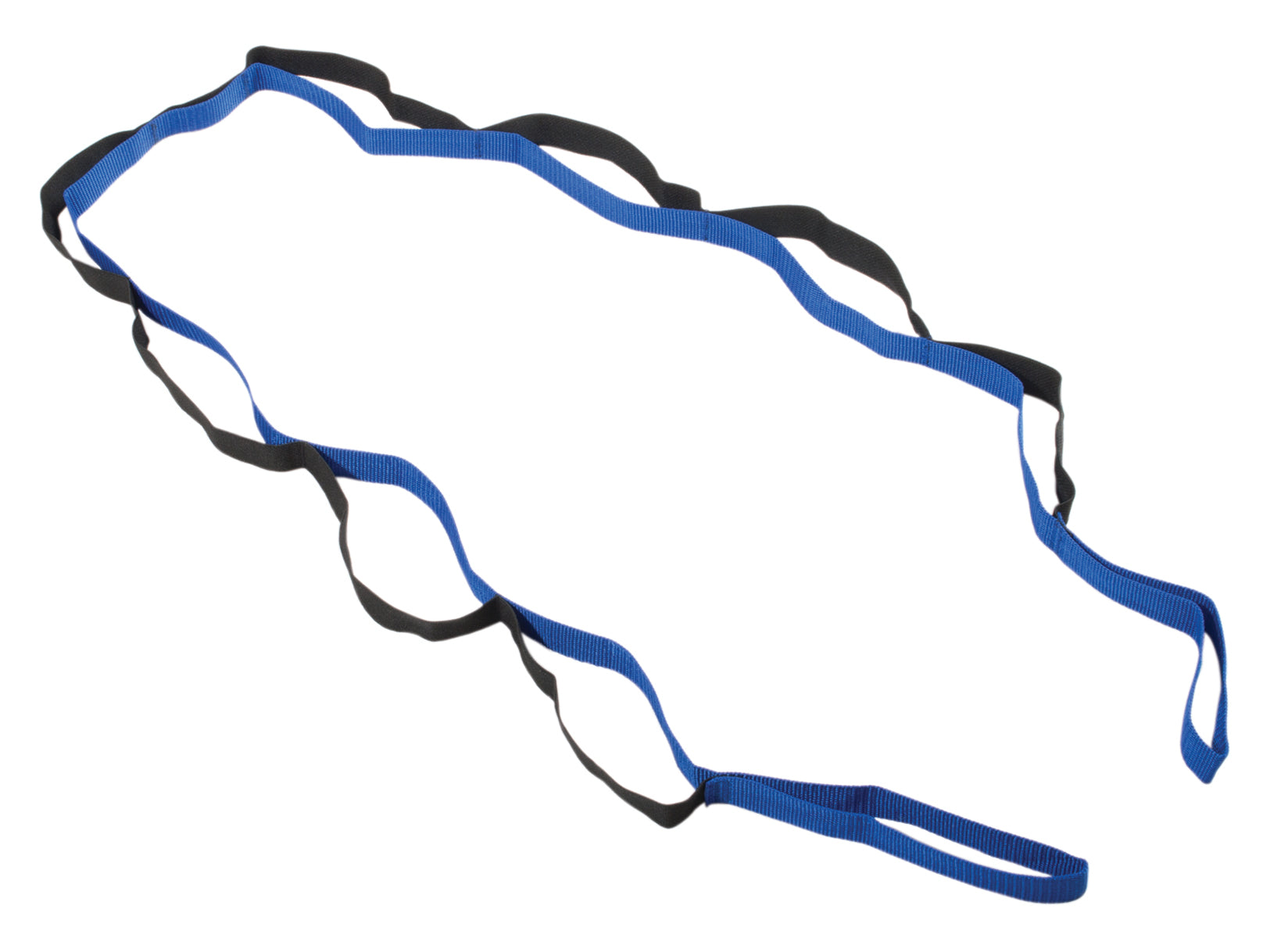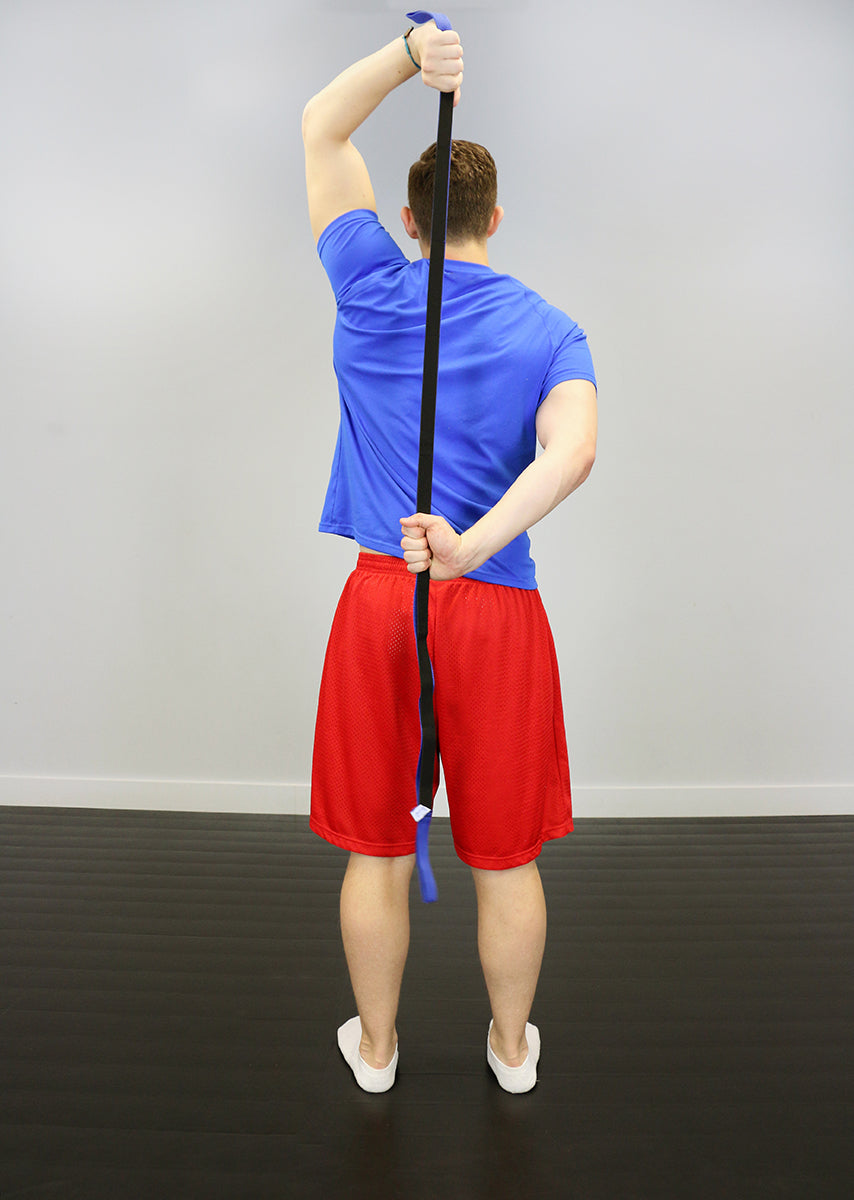This article is part three of a three-part article series.
In parts one and two of this series, we discussed some strategies a strength coach can use to reduce chronic shoulder and knee pain in athletes. In part three, we’ll discuss some things we may be able to do in order to manage low back pain. When training athletes, an all-inclusive approach works best. This means that not only do we pay attention to their strength levels, but we also pay attention to their mobility, nutrition, and musculoskeletal alignment. This is apparent the most when dealing with an athlete’s back. In parts one and two, I mentioned the use of a massage therapist. They can be of great help. In this part, you may need access to a massage therapist, a chiropractor, or a physical therapist. Let’s get started and make this as simple as possible. An athlete is complaining of chronic low back pain. At this point, we don’t know what is causing the pain. For a strength coach, the first step is always the same. Refer out! In the collegiate setting, we have athletic trainers. However, if you have access to a chiropractor or physical therapists, use them immediately. It may be nothing but spasms, and that’s fine but have a qualified professional look at the athlete first. I regard my athletes’ spines as pretty important. Wait until you get the go ahead from a doctor before proceeding with any other steps. Check for anterior tilt of the pelvis. In the athletes I work with, this is the single most prevalent cause of low back pain. Anterior pelvic tilt is a result of tight hip flexors and weak glutes, hamstrings, and abdominal musculature. Mainly, this is the result of our modern sedentary lifestyle. I work with athletes who sit in class all day. Being seated for a prolonged period of time causes their hip flexors to shorten and hip extensors to lengthen. Anterior tilt is also seen in many sprinters. This adaptation is a result of the body attempting to get more hip extension during gait. So what’s the problem? When the pelvis tilts forward, it causes the lower back to be excessively lordotic, and it tends to tighten and ball up the erectors of the low back. If this is the case (and it often is), we can manage this very easily by hitting the body from all angles. Follow steps 3–5 and you should be able to pull your athletes’ backs into a neutral position. Lengthen the hip flexors. Psoas, illiacus, and rectus femoris are our culprits. I will refer you to part two of this series where we discussed lengthening these muscles using exercises like the tempo lunge or EQI lunge. These can be very valuable tools not only in dealing with knee pain but also in alleviating lower back pain. Strengthen the glutes and hamstrings. There are a million references out there that discuss posterior chain strengthening. I’m not going to give you an exercise library or anything like that. There has also been a ton of stuff written recently on glute activation and strengthening techniques. Just remember to not only include straight leg hip extension exercises but also bent knee hip extension exercises in your programs. True single leg work also does a great job of recruiting your glutes as stabilizers. The posterior chain is important in case you didn’t know. Strengthen the core. This is the most written about, controversial, and outright insulted muscle group in the body. Strengthening the core doesn’t mean get out the Swiss ball or do crunches until you die. We must learn to use the core for what it’s supposed to be used for—stability. The abdominals are constructed in a way that holds the low back and pelvis in a neutral position while the extremities move around it. It’s hard to believe, but some athletes have a hard time with this concept. In some cases, the deep abdominals go dormant and force prime movers to become stabilizers. It’s most commonly seen in the piriformis. This muscle often kicks in to become a pelvic stabilizer and ends up becoming overworked and inflamed, cutting down hip internal rotation range of motion. And don’t forget that the sciatic nerve lies deep in the piriformis. When this muscle tightens, it can cause a lot of pain. Dare I mention the word “Pilates?” This training style has become very popular in commercial gyms in recent years. While this style may be misapplied in some instances, in its true form, Pilates can be extremely useful. Shirley Sahrmann’s core progression, presented in her book, Diagnosis and Treatment of Movement Impairment Syndromes, has done some great things for my athletes. Her progression is elementary and tedious, but you’ll be surprised at how many people will struggle to do it properly. It starts as easy as a simple supine abdominal bracing and progresses with various limb movements. Her goal is to teach your core to stay stable as your limbs move around it. Separate hip mobility from lumbar spine mobility.


Leg swing with lumbar flexion (left) and without lumbar flexion (right).
Mobilize the thoracic spine. When looking at the structure of the spine, it becomes clear that the thoracic spine has a much larger capacity for movement than does the lumbar spine. When this area becomes immobile, we have a lot of problems in not only the shoulder (discussed in part one) but also the low back. A great example of this is during overhead pressing movements.

Ankles, knees, hips, shoulders, elbows, and bar in a straight line.
References 1. Sahrmann S (2002) Diagnosis and Treatment of Movement Impairment Syndromes. St. Louis, MO: Mosby. 2. McGill S (2006) Ultimate Back Fitness and Performance. Waterloo, Ontario: Wabuno Publishers. 3. Kendall F, McCreary E, Provance P, Rodgers M (2005) Muscles: Testing and Function with Posture and Pain. Baltimore, MD: Lippincott Williams & Williams. Elite Fitness Systems strives to be a recognized leader in the strength training industry by providing the highest quality strength training products and services while providing the highest level of customer service in the industry. For the best training equipment, information, and accessories, visit us atwww.EliteFTS.com.




































































